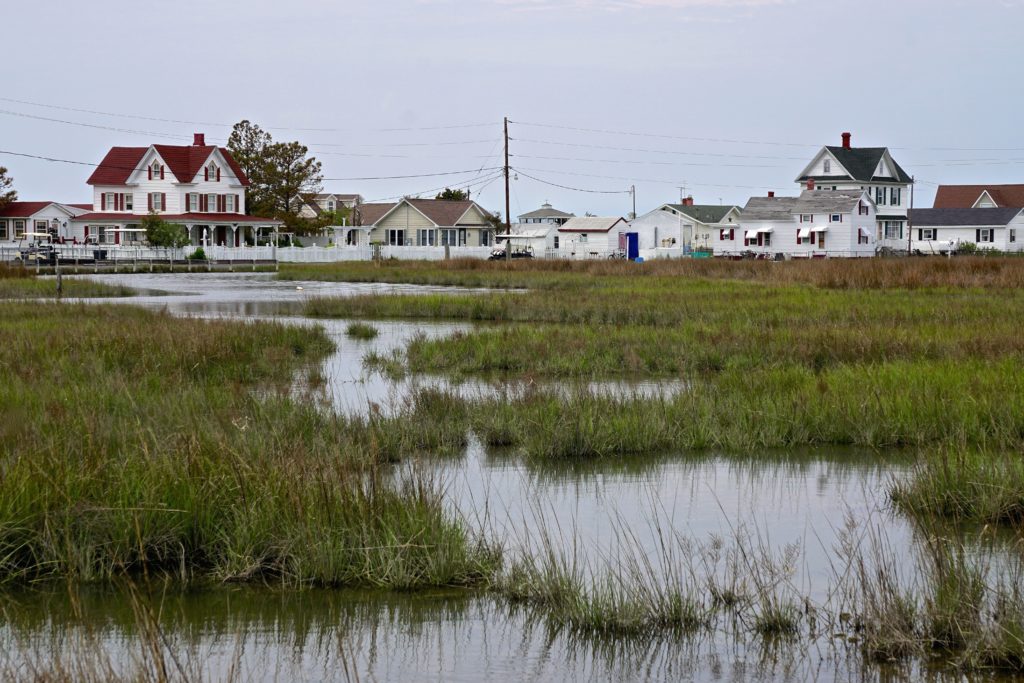The FWD #165 • 543 Words
For coastal Virginians, the benefits of living on the water are slowly washing away.
As sea levels rise and flooding events occur more frequently, Virginia is literally losing ground. While resiliency efforts have been underway for years, the climate crisis is impacting parts of Virginia faster than previously thought. And with many homes likely to be underwater in the coming decades, what will this mean for housing above water?
Tangier Island, which sits in the Chesapeake Bay, is a prime example of the impacts of climate change. Since 1967, the town has lost over half of its habitable upland area. Worse yet, researchers predict that the town will lose all of its habitable land within the next 15 to 30 years. Beyond the loss of where people have called home for decades, the financial cost adds up significantly.
It’s estimated that protecting and restoring the town could cost up to $350 million, while the relocation of all 436 residents would be up to $200 million. In the case of relocation, an important question for Virginians facing the loss of their homes to the waters is: “Where will we live?”
Climate refugees are a growing concern for many localities. (And if they aren’t, they should be.) But in spite of growing evidence of climate migration, researchers have noted that there is limited guidance for cities and counties to plan and prepare for this growing migration trend. When residents need to move, they’ll move further inland—close enough to family, friends, and work. But across the state we are facing a housing inventory shortage that shows few signs of catching up to demand anytime soon. So how will Virginia localities adapt to the impacts of climate migration on their housing supply?
A new typology may help make tough policy choices easier.
- Vulnerable cities – those that will suffer significant population and tax revenue loss;
- Recipient cities – those that will be unsuspecting, unwilling, and/or unprepared “receiving communities” of climate refugees; and
- Climate destinations – those that will rebrand their communities as “climate havens” that welcome climate refugees.
Researchers believe that these three broad categories may help localities frame the impacts of climate migration on their communities. Through increased coordination and scenario planning—even across regions—these types of localities may be able to better mitigate the impacts of climate change. But regardless of type, researchers note that “without protections in place to prevent evictions and climate gentrification, low-income residents and communities of color will bear the highest burden.”
Coupled with the Department of Conservation and Recreation’s Virginia Coastal Resilience Web Explorer, let’s use the tools in front of us to explore how climate change impacts housing across the Commonwealth and do our best to plan for a future above water.
